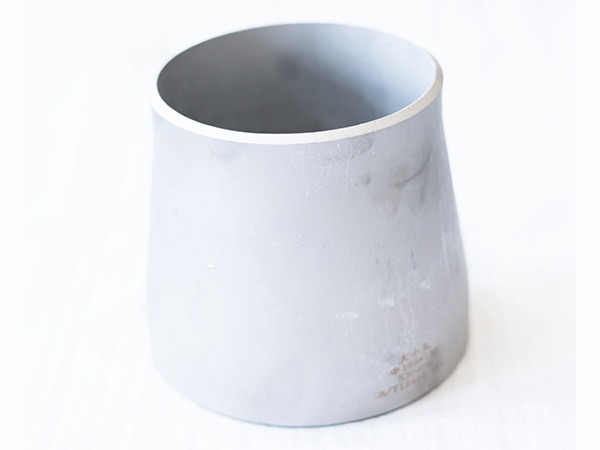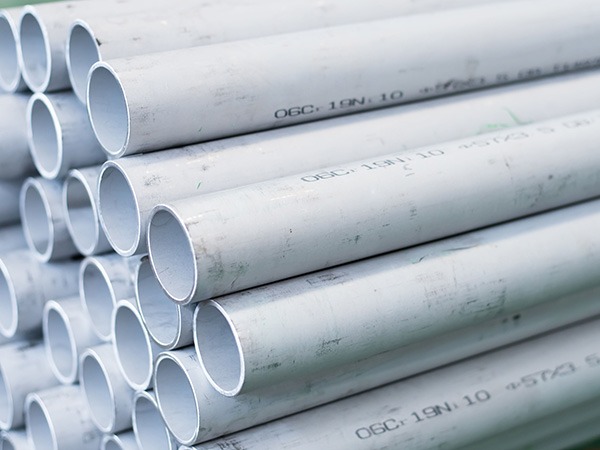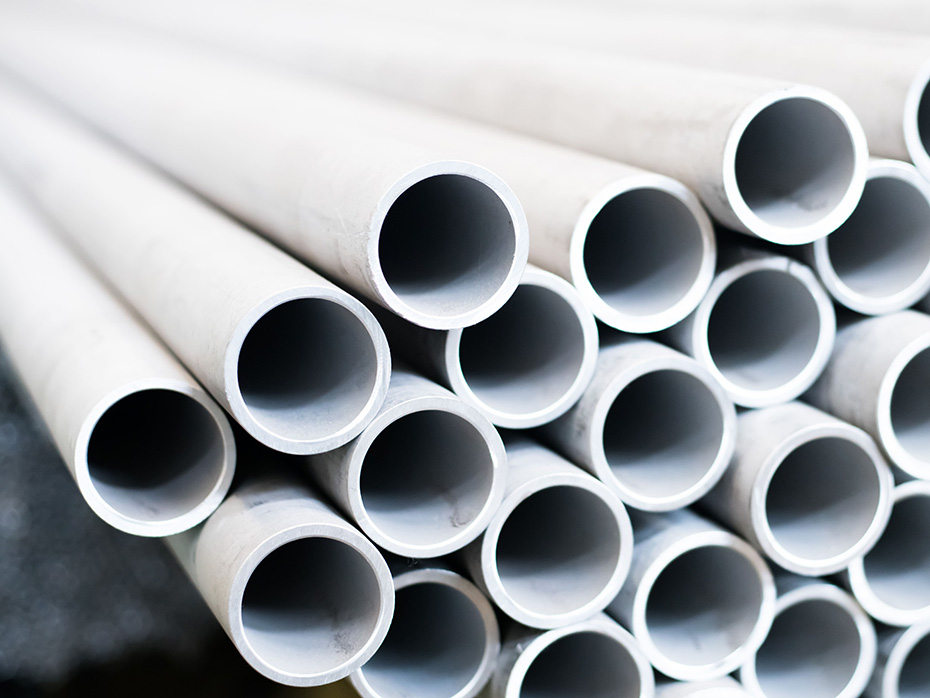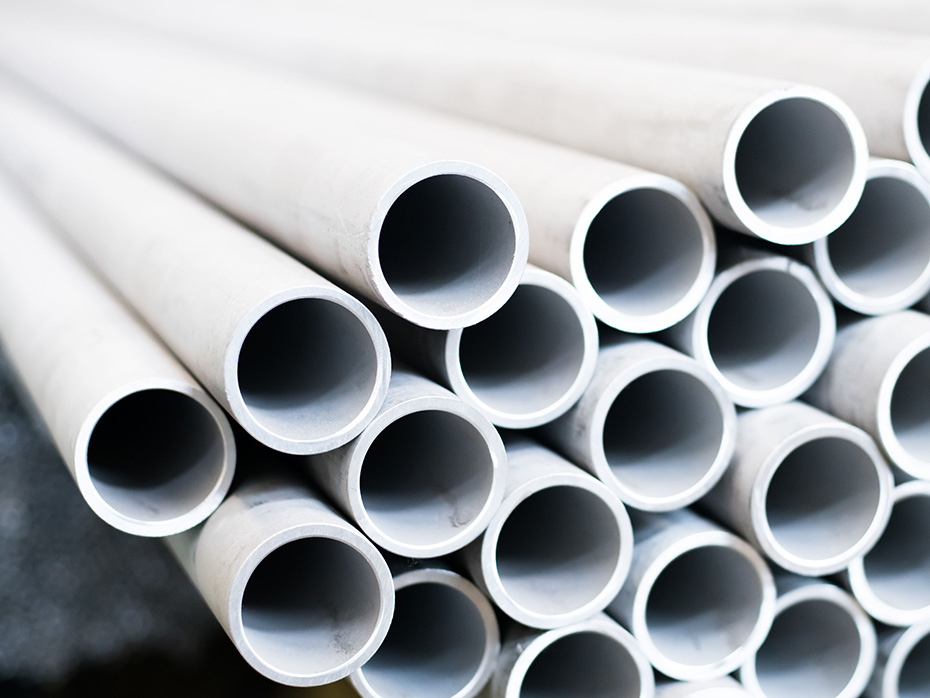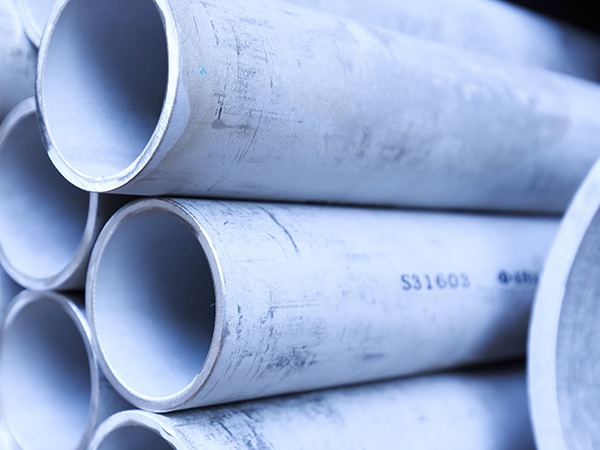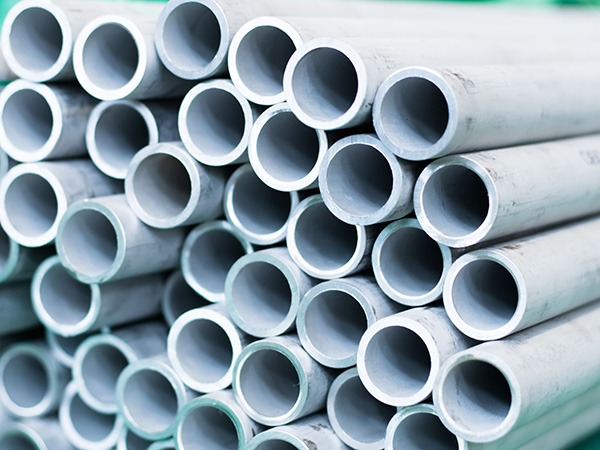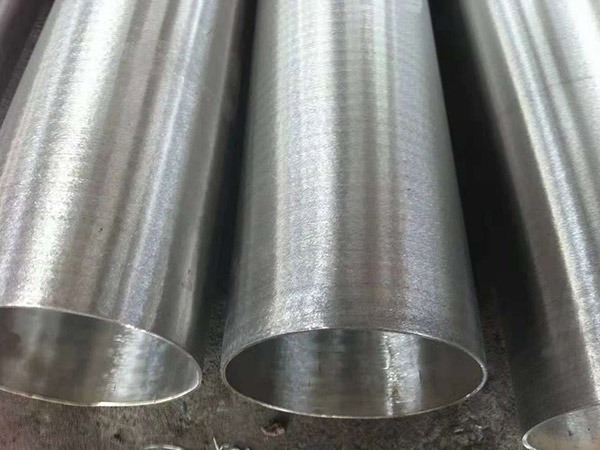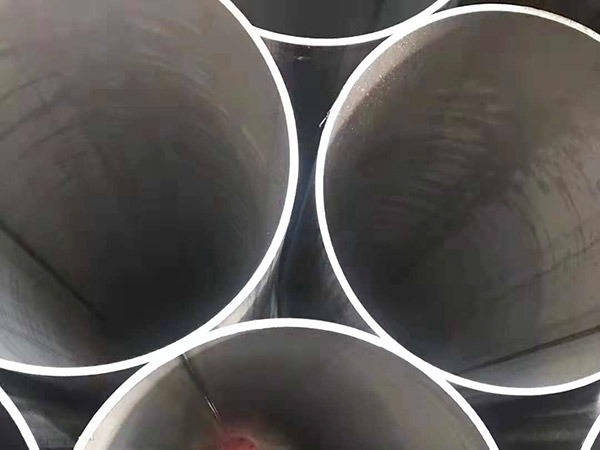PRODUCT INTRODUCTION
The roundness of reducers shall not exceed 1% of the corresponding end's outer diameter, with an allowable deviation of ±3mm. For concentric reducers, the central axes of both ends shall align, permitting an eccentricity deviation of ±5mm. The surface appearance of reducers shall be free from cracks and surface laps, while the wall thickness must be greater than that of the larger-diameter pipe section.
Our company is equipped with advanced inspection devices and comprehensive testing capabilities, enabling the production of high-, medium-, and low-pressure pipe fittings and various accessory models. Manufacturing processes include:
Cold forming
Hot forming
Hot extrusion
Machining
Forging
Stamping
Heat treatment
We fabricate products compliant with ISO, ANS1, JIS, DIN, and GB standards, utilizing materials such as carbon steel, alloy steel, and stainless steel. Our product range covers:
Elbows
Reducers
Tees
Crosses
Caps
Flanges
Socket weld fittings
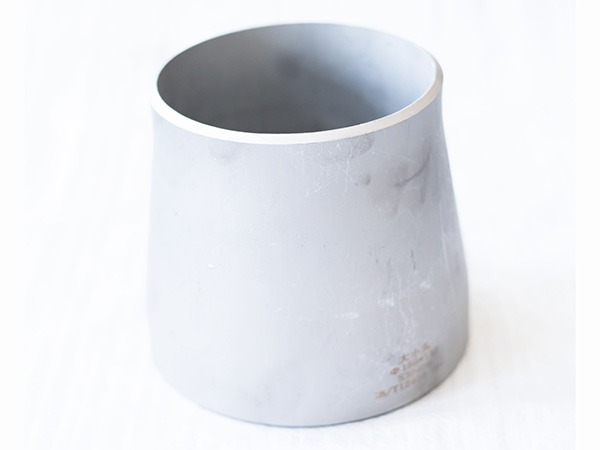
PRODUCTION STANDARDS
Forming process: Stainless steel and nickel copper are formed by external cold processing, while carbon steel and other materials are formed by external hot processing
Size: 1/2 "-20" (DN15-DN500), 1/2 "-48" (DN15-DN1200) with seams
Standard: GB/T12459, GB/T13401,SH3408, SH3409, HG/T21635,HG/T21631,ASME B16.9, MSS SP-43, DIN 2616, JIS B2313
Wall thickness: SCH5S-SCH160
Material: Stainless steel such as 304, 304L, 321, 316, 316L, carbon steel, alloy steel, etc
Stainless steel flanges are usually classified into several types such as 304, 304L, 316, 321, 316L, etc.
APPLICATION AREA
Mechanical manufacturing, household appliances, pressure vessels, structural pipe fabrication, architectural decoration, chemical equipment, nuclear power, home appliances, catering kitchenware, elevators, solar energy, metal products, containers, automotive applications, precision electronics, rail transit, sanitary ware, food machinery.
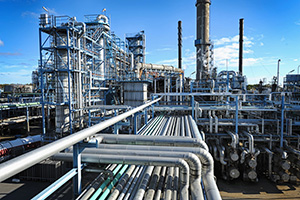
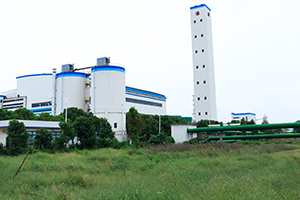
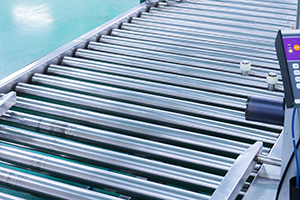
PRODUCTION STRENGTH




